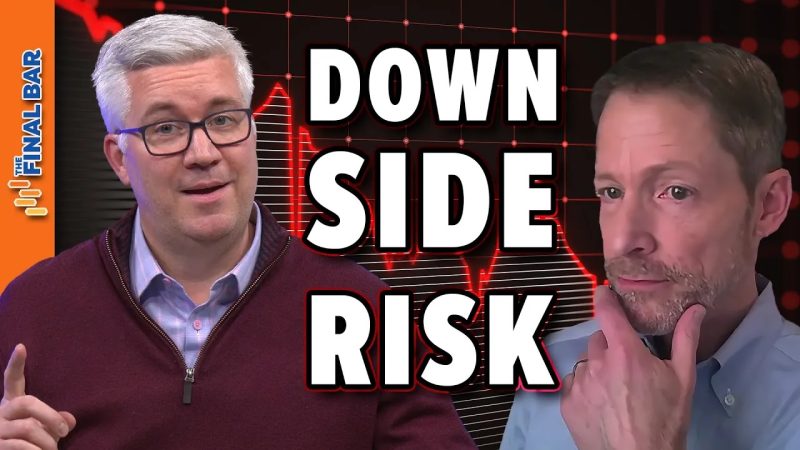In every market condition, investors must be attuned to the potential downside risks that may not be immediately apparent, especially in a bullish market environment. While optimism and positive trends can fuel investment decisions and lead to significant gains, it is crucial to exercise caution and understand the vulnerabilities that may manifest in a bullish market. By identifying and addressing these risks proactively, investors can better protect their portfolios and navigate volatile market conditions more effectively.
One of the key challenges in a bullish market is the possibility of overvaluation. When market sentiment is excessively optimistic, driven by factors such as strong performance or media hype, there is a greater likelihood that asset prices may exceed their intrinsic value. This creates a scenario where investments become vulnerable to sharp corrections or market downturns as reality catches up with the inflated expectations. To mitigate this risk, investors should conduct thorough fundamental analysis to ensure that their investments are based on solid financial metrics rather than speculative fervor.
Leverage is another downside risk that can be magnified in a bullish market. While borrowing money to invest can amplify returns in a rising market, it also significantly increases the potential losses in the event of a market downturn. Overleveraged positions can quickly unravel when market conditions reverse, leading to margin calls and forced selling that can exacerbate downward price movements. Investors should carefully assess their risk tolerance and avoid excessive leverage to prevent catastrophic losses that could threaten their financial security.
Market liquidity is a critical factor that can pose challenges in a bullish market environment. As prices rise and investor confidence surges, market liquidity may appear robust, with ample buyers and sellers participating in the market. However, this liquidity can quickly evaporate during periods of market stress or uncertainty, leading to widened bid-ask spreads and difficulty in executing trades at desired prices. To navigate this risk, investors should maintain a diversified portfolio and be prepared to weather short-term liquidity shocks by holding assets with strong fundamentals and long-term growth potential.
Behavioral biases can also contribute to downside risks in a bullish market. When investors succumb to herd mentality or irrational exuberance, they may make impulsive decisions based on emotions rather than sound investment principles. This can result in buying high, selling low, or chasing speculative investments without proper due diligence. To counteract these biases, investors should cultivate discipline, patience, and a long-term perspective to avoid succumbing to fleeting market trends and maintain a rational approach to investing.
In conclusion, while a bullish market can offer abundant opportunities for profit and growth, it is essential for investors to remain vigilant and mindful of the potential downside risks that lurk beneath the surface. By acknowledging the risks of overvaluation, leverage, market liquidity, and behavioral biases, investors can adopt a prudent and balanced approach to investing that safeguards their wealth and positions them for long-term success. In navigating the complexities of the market, a cautious and informed strategy will serve investors well in both bull and bear markets, ensuring resilience and sustainability in their investment endeavors.
